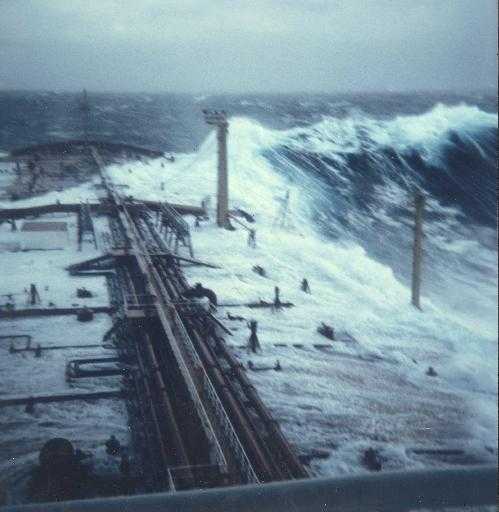
 |
|
|
Diffraction &
Current Focusing
|
Three different ideas for the production of these beasts have been shown, but these are not the only possibilities, nor does only one of them have to be correct. In fact, it is very possible that each of these mechanisms is able to generate waves significantly larger than what is thought to be "normal wave size". Evidence of an increased frequency of these waves in certain geographical spots suggests current or diffractive focusing but neither of these seem adequate to explain the rogue waves that have been observed on deep-water open ocean. Non-linear theories might be able to solve this problem, and this seems to be current area of of active interest, but the question of rogue waves is still wide open. It is also entirely possible that the current explanation of standard surface wave generation is not entirely correct and that these so-called "rogues" are actually perfectly law-abiding members of the normal wave spectrum and the current description of normal ocean surface waves needs correction. Whatever the cause, rogue waves are a really nifty bit of science whose existence is already bringing about changes in ship and oil platform design and should be a source of some even niftier science in the future. So until then, "fair winds and following seas..."  Picture of a possible rogue wave washing over the supertanker Esso Languedoc, taken by Phillipe Lejour off the coast of South Africa in 1980. For scale, the masts on the right hand side are 25m tall. |